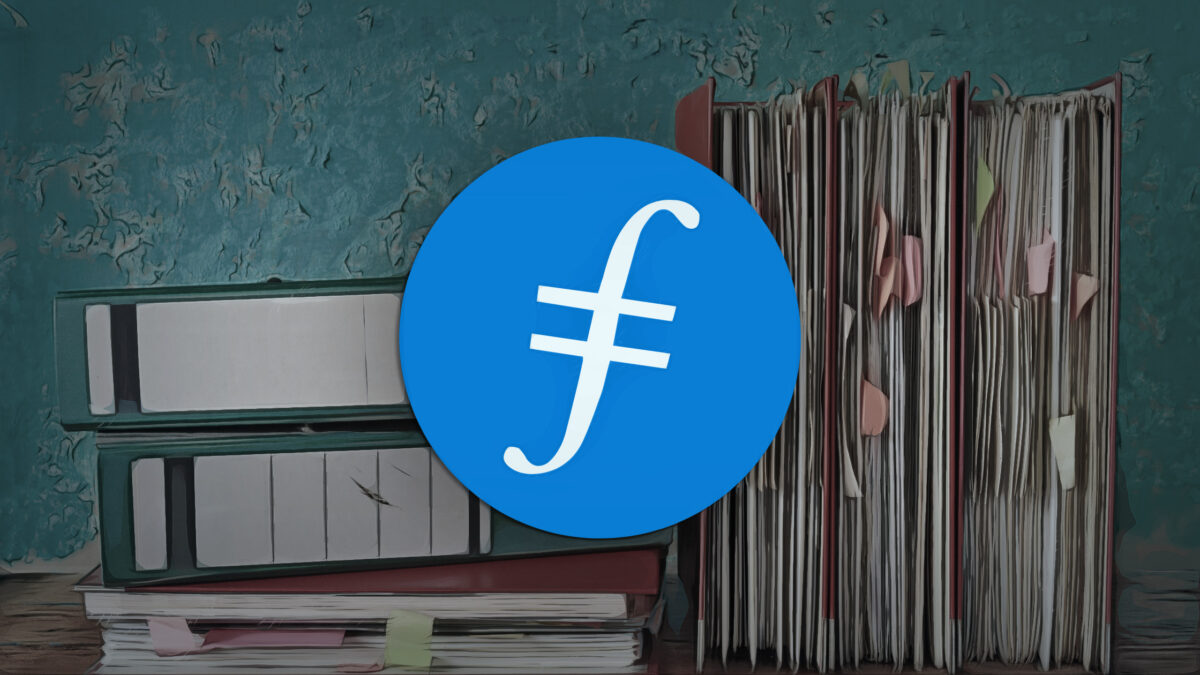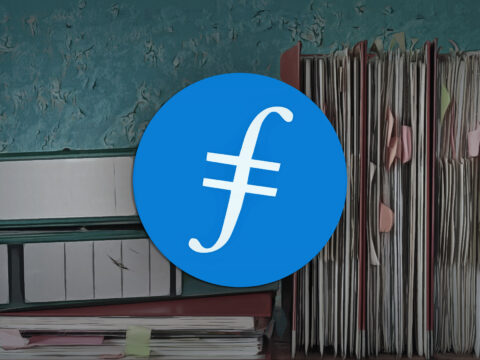
What Is Filecoin?
Filecoin (FIL) is the cryptocurrency native to Filecoin, a decentralized storage network that allows its users to share and use storage space using blockchain technology. It is one of the most popular decentralized file storage platforms.
Filecoin was released on July 15th, 2014, by Protocol Labs, the company responsible for creating Peer-to-Peer (P2p) filesharing protocols like InterPlanetary File System (IPFS) and Libp2p, which have become increasingly popular in recent years with privacy and free-speech advocates.
Protocol Labs has received funding from multiple investors like Stanford University’s startup accelerator StartX and raised over $250 million in their Initial Coin Offering (ICO) in September of 2017, a record at the time.
FIL powers the entirety of the Filecoin platform by being the transactional and reward token, incentivizing its users’ participation, and improving its efficiency and resilience by increasing the number of nodes.
By not relying on a central authority and providing encryption, Filecoin can’t be censored by any government or group and offers increased security compared to traditional storage and file-sharing services that rely on centralization.
While the launch of the Filecoin mainnet was delayed several times, it was successfully deployed in October of 2020, officially opening the door to dApps and users to make use of a stable environment. The platform quickly became the most popular decentralized storage and file-sharing protocol.
What Is the Purpose of Filecoin?
FIL was designed as the currency that powered the decentralized storage network by allowing users to pay for the service using it, as well as those providing storage services (miners) with rewards, creating a self-sufficient ecosystem in which security and efficiency of storage are paramount.
By creating a decentralized storage network, the team behind FIL wanted to continue what they call the revolution of decentralized and open services by further replacing the need to trust parties with transparent computation.
Filecoin effectively turns cloud storage into an algorithmic market run by miners who store and distribute data by competing to mine blocks while incentivizing them to increase the entire ecosystem’s storage capacity to maximize their earnings.
Using the token also allows the creation of a robust ecosystem that weaves these resources into a self-amending storage network available to anyone with internet access while replicating and dispersing content to detect and repair replica failures automatically.
Filecoin is also intended to provide top-notch security by offering end-to-end encryption, which means no third party can access raw data at any point during the storage process.
How Does Filecoin Work?
Filecoin uses miners to provide storage services to other users by renting it in exchange for FIL. The more storage they offer, the bigger the rewards they will receive.
A free economy determines how much a user will pay for storage. All miners compete by providing the lowest price, creating an extremely competitive environment that benefits users and creates a service cheaper than traditional providers.
Miners must perform a computation that requires high processing power, also called proofs, used by the protocol to determine how much data and how reliable they are storing it.
If the proof is enough for the protocol, miners can create new blocks on the blockchain to receive network rewards and the fees paid by users for storage.
Filecoin works by using two different consensus algorithms: Proof-of-Replication and Proof-of-Spacetime. The first one determines if miners are storing the data they report, while the latter confirms it has been stored for the intended period.





